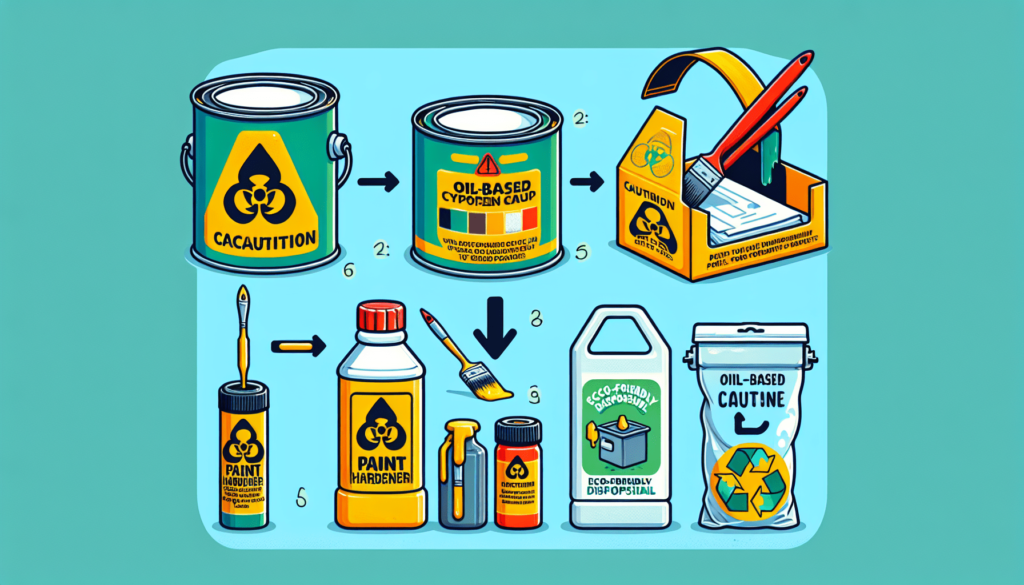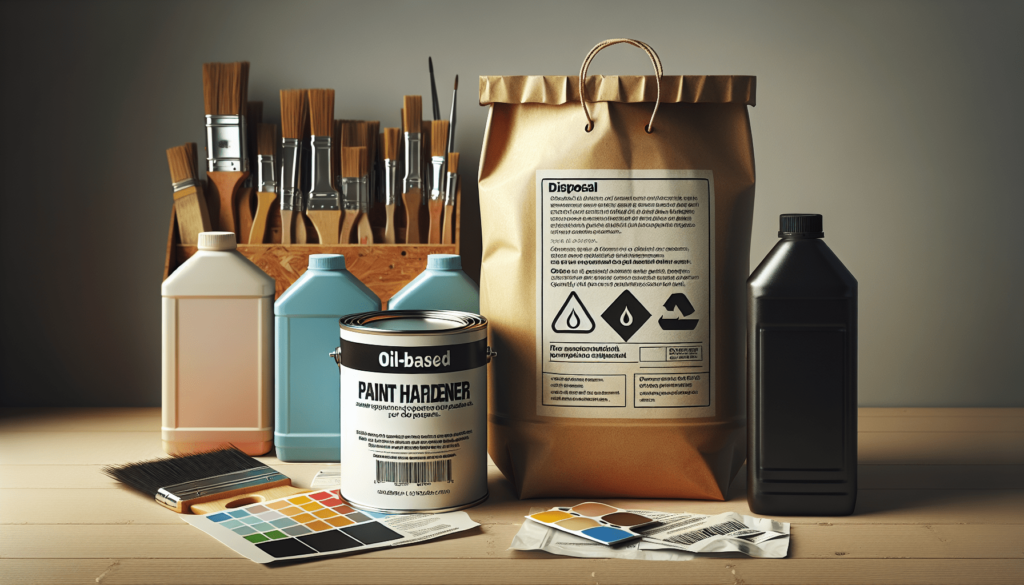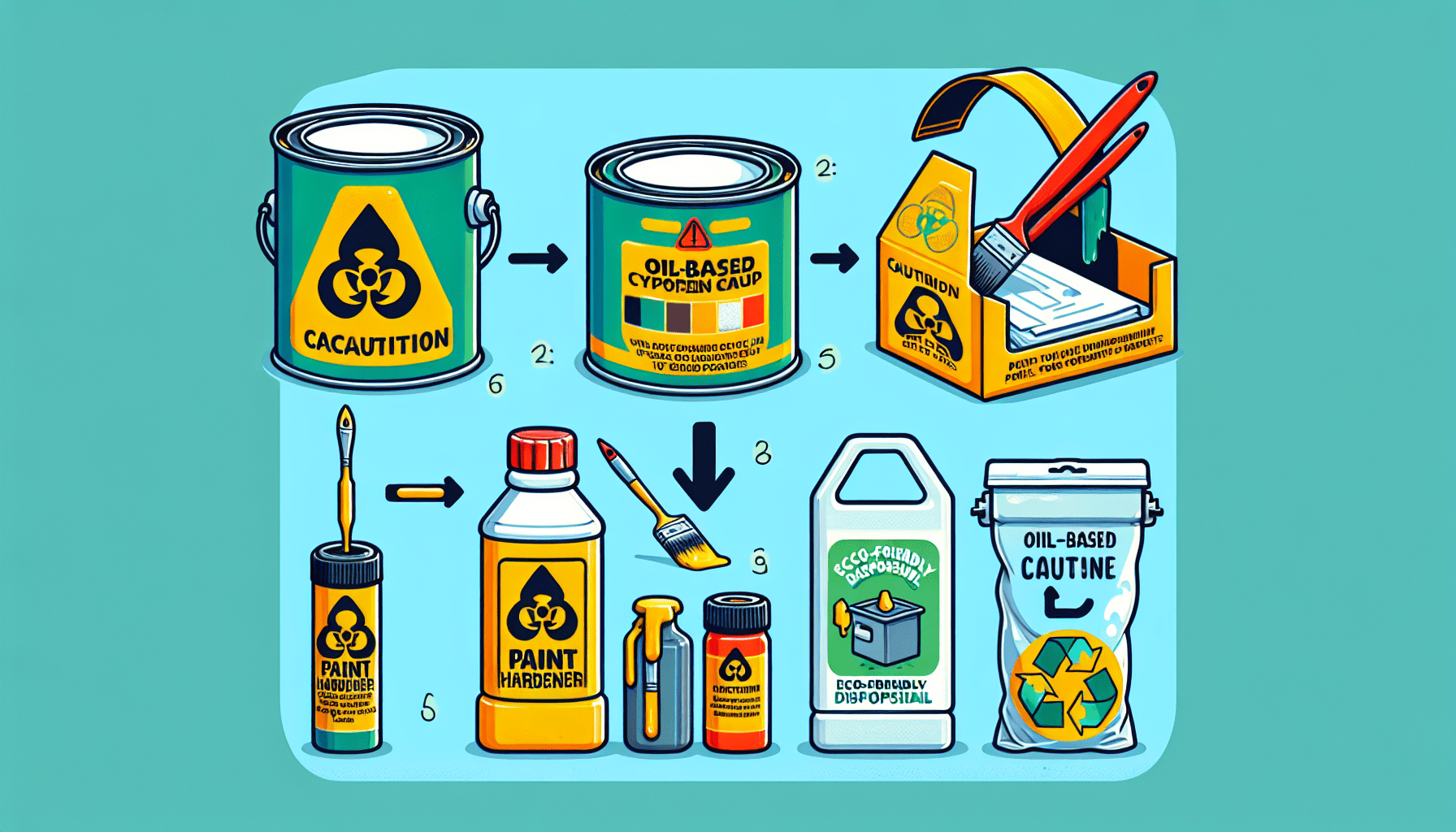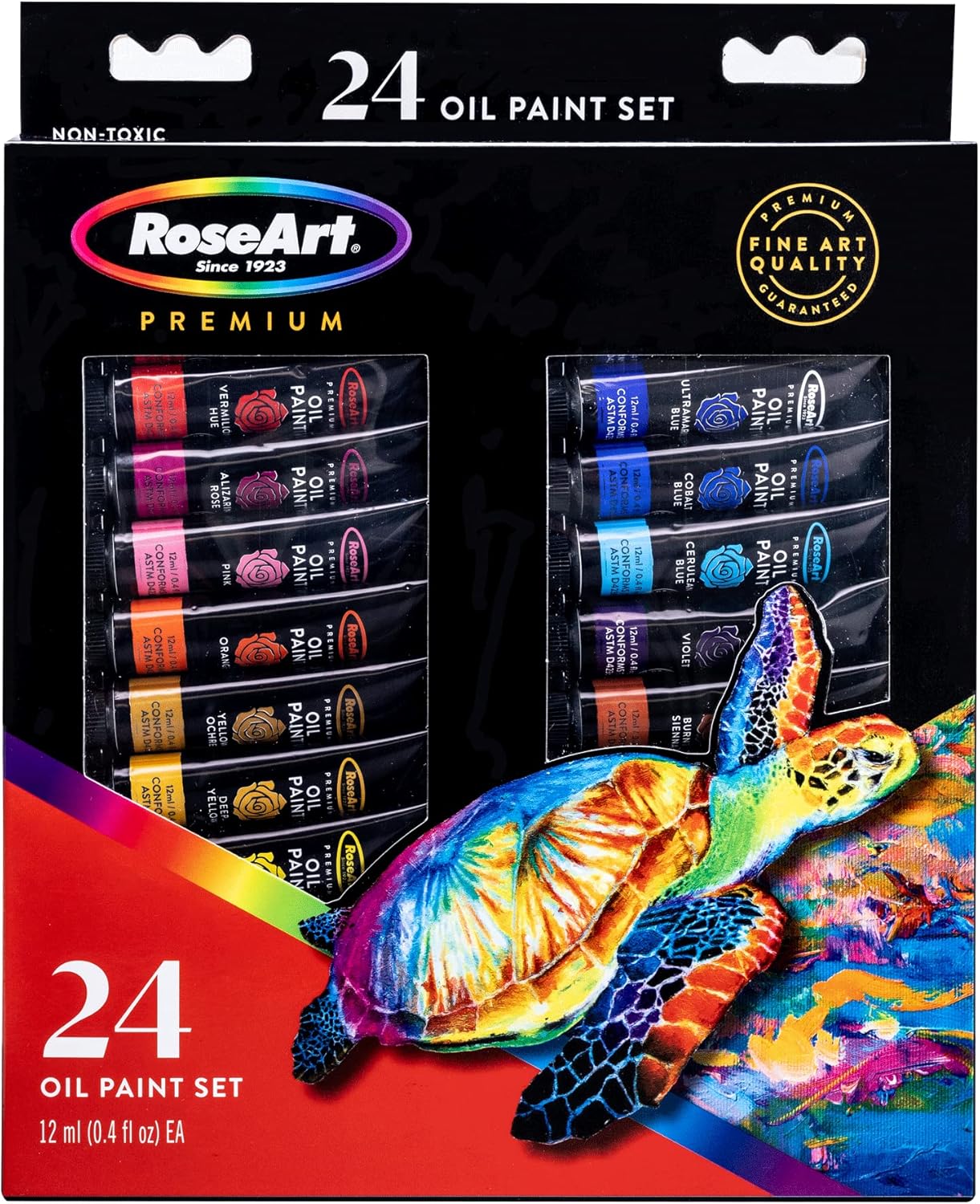Navigating the intricate process of disposing oil-based paint can be complicated due to its toxicity and environmental impact; however, this article presents you with a comprehensive guide on how to harden it for disposal safely. By shedding light on crucial steps and environmentally friendly methods, the article ensures your understanding of the process and adherence to regulations. Brace yourself for a journey into managing your oil-based paint disposal with ease and expertise.
What is Oil-Based Paint
Oil-based paint is a type of paint that uses the drying oil as its binder. What this means is that the oil functions to bind the pigment particles together and make them stick to the painted surface.
Definition
Oil-based paint is usually referred to as solvent-based paint. It uses natural oil such as linseed oil or synthetic oil as a binder. This oil is responsible for holding together the pigment particles and acts as an adhesive to the painting surface.
Composition
The basic components of oil-based paint include oil, resins, solvents, additives, and pigments. The oil and resin form the body of the paint, while the solvent makes the paint fluid. On the other hand, the pigments give the paint its color, and additives are used for specific functions like improving the paint’s flow characteristics or providing resistance against environmental elements.
Disposing of Oil-Based Paint
Due to the chemicals in oil-based paint, disposal requires certain attention and care. Irresponsible dumping can result in environmental harm and even legal trouble.
Understanding Local Laws and Regulations
The first step in proper disposal of oil-based paint is understanding your local laws and regulations. Some places treat oil-based paint as hazardous waste, and it’s illegal to just dispose of them as ordinary waste. This means you cannot simply pour leftover paint down the drain or into the trash bin. Doing so can land you in legal trouble as well as harm the environment.
Avoiding Improper Disposal
As mentioned above, oil-based paint should never be poured down the drain or thrown into the bin while still in liquid form. Not only is it illegal in many places, but it also poses serious risks to the environment and human health. If poured down the drain, the paint can contaminate water sources and harm aquatic life. In landfills, it can seep into the ground and pollute soil and groundwater.

Why Harden Oil-Based Paint
Before disposal, it’s important to harden oil-based paint. This process offers benefits to both the environment and human health.
Environmental Impact
Harden oil-based paint reduces its environmental impact. When it becomes solid, the paint is less likely to leak into the soil or water supply. This significantly reduces the risk of environmental contamination.
Reducing Health Risks
People can inadvertently come into contact with improperly disposed of oil-based paint, through touching contaminated soil or consuming contaminated water or food. By hardening oil-based paint, you can reduce these health risks and protect public health.
Methods to Harden Oil-Based Paint
There are several ways to harden oil-based paint before disposal.
Air Drying
air drying involves leaving the paint out in the open to dry naturally. This method is suitable for small amounts of paint and requires a well-ventilated area and ample drying time.
Absorbent Materials
Using absorbent materials is a quicker alternative. Materials like sawdust, sand, or shredded paper can be mixed with the paint to speed up the hardening process.
Paint Hardener
Commercial paint hardeners are available in the market. These products can harden paint within a day, and are particularly useful for larger quantities of paint.
Mixing with Kitty Litter
If paint hardener isn’t readily available, clay-based kitty litter can also be mixed with paint to harden it. Just like the absorbent material method, this requires mixing and waiting for drying and hardening.

Preparing Oil-Based Paint for Disposal
Before you start the paint hardening process, there are some steps to take.
Check for Usable Paint
Firstly, sort through your paint to check if any is still usable. If the paint is not clumpy and mixes well, it is still usable. You could use it for touch-ups around your home, or donate it.
Consolidate and Label
If you have multiple cans of the same color and type of paint, you can consolidate them into one container to save space. Label each container with the contents and the date.
Secure Containers and Transport
Ensure each paint container is securely sealed to prevent leaks during transport. Place them in a larger, sturdy container to stop them from tipping over in transit. Handle them carefully during transport to prevent spills and leaks.
Air Drying Method
Air drying is a simple and cost-effective way to harden oil-based paint, though it does take some time.
Choose a Well-Ventilated Area
For the air drying method to work, the paint needs exposure to air. Place the open paint can in a well-ventilated area, away from children and pets.
Spread Out the Paint Thinly
To speed up the drying process, you can pour the paint onto a flat surface like a cardboard or wood. Spread the paint thinly across the surface.
Allow Sufficient Drying Time
Let the paint dry for several days or even weeks, depending on the amount. Keep it covered and out of weather-related conditions like rain, to prevent it from becoming wet again.
Absorbent Materials Method
Absorbent materials can help harden oil-based paint more quickly than air drying.
Gather Suitable Absorbent Material
Suitable absorbent materials include sand, sawdust, shredded paper, or even dirt. Have enough of your chosen absorbent material to mix with the amount of paint you want to harden.
Mix Paint with Absorbent Material
Add the absorbent material to the paint a little at a time, stirring as you go to encourage the absorption process. Continue adding the material and mixing until the paint thickens.
Allow Drying and Hardening
Once the mixture has a thickened consistency, set it aside and let it dry out. The timeframe will depend on the specific absorbent material used and the amount of paint.
Using a Paint Hardener
Commercial paint hardeners can provide a fast and effective way to harden oil-based paint.
Select the Appropriate Hardener
Different types of paint hardeners are available, tailored for different types and quantities of paint. Ensure to choose one that is compatible with oil-based paint.
Mix Paint and Hardener
Follow the instructions provided on the package to mix the hardener with your paint. This typically involves adding the hardener to the paint and stirring until you achieve a thick, oatmeal-like consistency.
Observe Drying Time
Each hardener product will have a recommended drying time. Be sure to allow this amount of time for the mixture to harden fully.
Mixing with Kitty Litter
Kitty litter can also be used to harden oil-based paint. It’s a handy alternative if you don’t have commercial paint hardeners at your disposal.
Choose Clay-based Kitty Litter
Clay-based kitty litter is the best choice for this method, as its absorbent properties work well to harden the paint.
Mix Paint and Kitty Litter
Add the kitty litter to your paint bit by bit, stirring as you go. Keep adding and mixing until the paint becomes a thick, sludgy consistency.
Wait for the Mixture to Dry and Harden
Set the paint-kitty litter mixture aside to dry and harden. This could take a few days or even a week, depending on the amount.
Alternative Disposal Options for Small Amounts
For small amounts of leftover oil-based paint, there are alternative disposal options.
Local Household Hazardous Waste Programs
Many areas have a local household hazardous waste program which takes small amounts of hazardous waste like oil-based paint. Check their guidelines for proper preparation and disposal.
Donation Centers
Usable paint is often accepted by community groups, theaters, schools or donation centers. Make sure the paint is still good and the container properly sealed before donating.
Reuse or Repurpose
You can also find creative ways to use leftover paint in your home, or even give it to a friend or neighbor who could use it. Just make sure the paint is stored properly to keep it in good condition.



